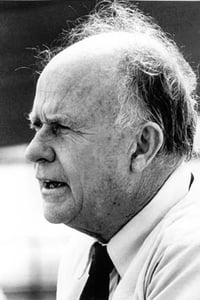Germaine chez elle
Genres
Documentary
OverView
In front of Jean Rouch's camera, Germaine Dieterlen recalls her ethnographic itinerary, at the Musée de l'Homme, in Mali and in the Paris of the 1930s.
Others
Budget
$--
Revenue
$--
Status
Released
Original Language
French
Runtime
35 mins
Rating
0/10
Release Date
01 January 1994
Country
France




